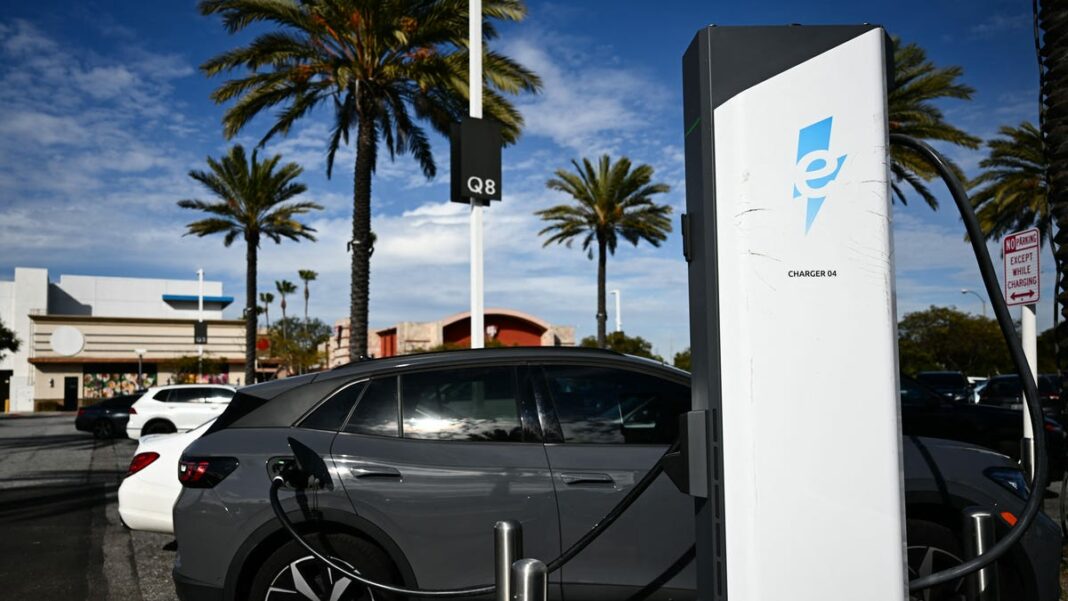California Likely Won’t Meet Its Goal Of Building A Million EV Chargers
California Governor Gavin Newsom’s ambitious goal of building a million electric vehicle (EV) chargers in the state by 2030 is facing significant challenges and may not be achievable. The state currently has around 68,000 EV chargers installed, far short of the target set by the governor.
Challenges Facing the EV Charger Goal
One of the main challenges facing California’s goal is the lack of funding and resources. Building a million EV chargers requires significant investment, and the state may not have the financial resources to meet this target. Additionally, there are logistical challenges such as finding suitable locations for chargers, securing permits, and navigating local regulations.
Another obstacle is the slow adoption rate of electric vehicles in California. While the state has been a leader in promoting electric vehicles, many consumers are still hesitant to switch from traditional gasoline-powered cars. Without a significant increase in EV adoption, there may not be enough demand to justify building a million chargers.
Impact of Missing the Goal
If California fails to meet its goal of building a million EV chargers, it could have serious implications for the state’s efforts to reduce greenhouse gas emissions and combat climate change. Electric vehicles are key to achieving California’s emissions reduction targets, and a lack of charging infrastructure could hinder the transition to electric transportation.
Furthermore, missing the goal could also slow down the growth of the electric vehicle industry in California. The state has been a hub for EV innovation and manufacturing, but a lack of charging infrastructure could deter consumers from purchasing electric vehicles and stifle economic growth in the sector.
Potential Solutions
To address the challenges facing California’s EV charger goal, the state may need to explore alternative funding sources such as public-private partnerships or federal grants. Streamlining the permitting process and providing incentives for businesses to install chargers could also help accelerate the deployment of charging infrastructure.
Increasing public awareness and education about the benefits of electric vehicles may also be crucial in boosting EV adoption rates. Encouraging utilities to invest in charging infrastructure and expanding access to charging stations in underserved communities could help make electric vehicles more accessible and attractive to a wider range of consumers.
Conclusion
California’s goal of building a million EV chargers by 2030 faces significant challenges and may not be achievable without additional funding, resources, and policy support. Meeting this target is crucial for accelerating the transition to electric transportation and reducing greenhouse gas emissions in the state. It will require a coordinated effort from government, industry, and consumers to overcome the obstacles and ensure the success of California’s electric vehicle infrastructure goals.
FAQs
1. Why is California’s goal of building a million EV chargers important?
Building a million EV chargers is important for California’s efforts to reduce greenhouse gas emissions, combat climate change, and accelerate the transition to electric transportation. Electric vehicles play a key role in achieving the state’s emissions reduction targets, and charging infrastructure is crucial for supporting the growth of the electric vehicle industry.
2. What are the main challenges facing California’s EV charger goal?
The main challenges facing California’s EV charger goal include lack of funding and resources, slow EV adoption rates, logistical obstacles such as permitting and regulations, and the need for public awareness and education about electric vehicles. Addressing these challenges will be crucial for meeting the state’s ambitious target of a million EV chargers by 2030.




